Yoga is not just about flexibility; it’s also about building strength, balance, and focus. Among the various yoga poses, arm balances stand out as challenging yet rewarding postures that not only strengthen the upper body but also cultivate mental resilience. In this article, we delve into the world of arm balance yoga poses, exploring their benefits, techniques, and tips for mastering them.
"Fly high with arm balance yoga! Strengthen, balance, and conquer fears on the mat. Discover the joy of defying gravity today!" Arm Balance Yoga Poses
Introduction to Arm Balance Yoga Poses
Arm balance yoga poses involve supporting the body’s weight primarily with the arms, creating a sense of balance and stability. These poses require strength, concentration, and proper alignment. Beyond physical benefits, they also promote mental focus and inner calm.
Practicing arm balances enhances core strength, tones arm muscles, and improves overall body coordination. Additionally, it challenges practitioners to overcome fear and self-doubt, fostering a sense of accomplishment and confidence.
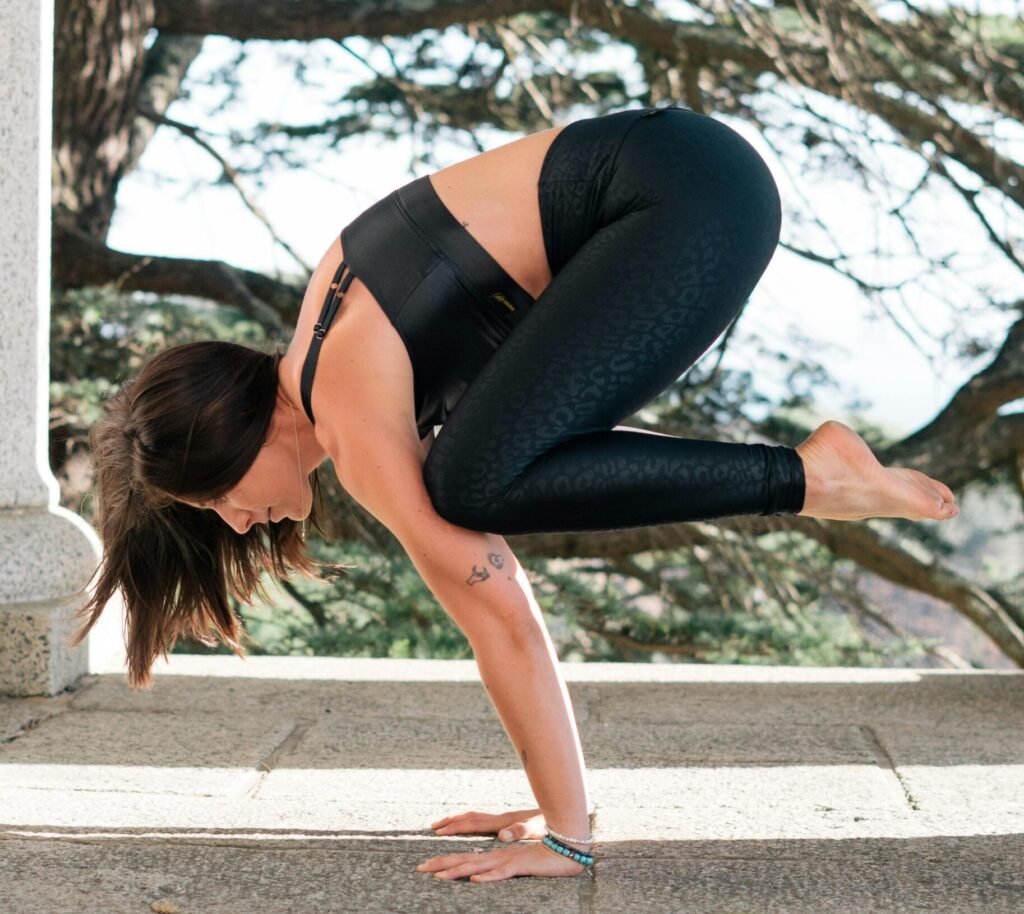
Benefits of Arm Balance Yoga Poses
Strengthens Upper Body: Arm balances engage muscles in the arms, shoulders, chest, and back, promoting strength and toning.
Improves Core Stability: Balancing on the arms requires core engagement, leading to improved stability and posture.
Enhances Concentration: Focusing on maintaining balance in challenging poses enhances mental clarity and concentration.
Boosts Confidence: Overcoming fears and mastering difficult poses boosts self-confidence and self-esteem.
Increases Flexibility: Regular practice of arm balances improves flexibility in the arms, wrists, and shoulders.
Calms the Mind: Concentrating on breath and movement fosters a sense of calm and relaxation, reducing stress and anxiety.
Builds Body Awareness: Sensory feedback from arm balances increases awareness of body alignment and movement patterns.
Promotes Emotional Balance: The combination of physical effort and mindfulness promotes emotional balance and resilience.
Encourages Mind-Body Connection: Connecting breath with movement enhances the mind-body connection, promoting holistic well-being.
Fosters Perseverance: Facing challenges on the mat teaches perseverance and resilience, valuable qualities for everyday life.
Preparation for Arm Balance Yoga Poses
Before attempting arm balances, it’s crucial to prepare the body adequately. Warm-up exercises, such as Sun Salutations and wrist stretches, help loosen muscles and joints, reducing the risk of injury. Strengthening the arms, shoulders, and core through targeted exercises like Plank Pose and Chaturanga Dandasana builds the necessary foundation for arm balances. Proper alignment and posture ensure safety and effectiveness in practicing these poses.
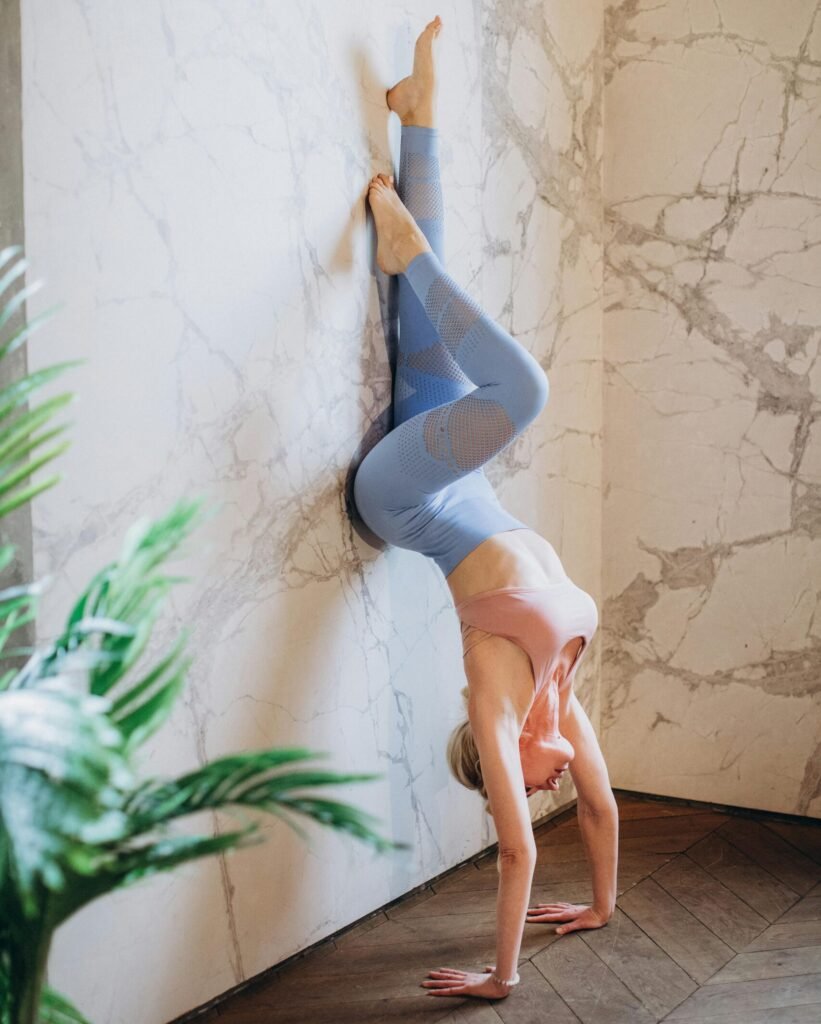
Basic Arm Balance Yoga Poses
Crow Pose (Bakasana):
Description: Crow Pose, also known as Bakasana, is a foundational arm balance that strengthens the arms, wrists, and core muscles while improving balance and concentration.
How to Perform:
- Start in a squat position with feet hip-width apart.
- Place hands on the mat shoulder-width apart, fingers spread wide.
- Lean forward, bringing knees to rest on the back of the upper arms.
- Shift weight onto hands, lifting feet off the ground.
- Engage core and gaze forward, finding balance.
- Hold for several breaths, then gently release back to the mat.
Side Crow Pose (Parsva Bakasana):
Description: Side Crow Pose, or Parsva Bakasana, is an intermediate arm balance that challenges core strength and improves coordination while toning the abdominal muscles and arms.
How to Perform:
- Begin in a squat position, hands planted firmly on the mat.
- Shift weight onto the left hand, bending the right elbow outward.
- Hook the right knee onto the right tricep.
- Lean forward, shifting weight onto hands, and extend legs to the side.
- Engage core and gaze forward, finding balance.
- Hold for several breaths, then switch sides.
Firefly Pose (Tittibhasana):
Description: Firefly Pose, or Tittibhasana, is an advanced arm balance that requires significant upper body and core strength, as well as flexibility in the hips and hamstrings.
How to Perform:
- Start in a squat position, feet slightly wider than hip-width apart.
- Place hands on the mat shoulder-width apart, fingers pointing forward.
- Lift hips and straighten arms, coming into a low squat.
- Bend elbows and bring knees to rest on the backs of the upper arms.
- Engage core and slowly extend legs out to the sides.
- Hold for several breaths, then gently release back to the mat.
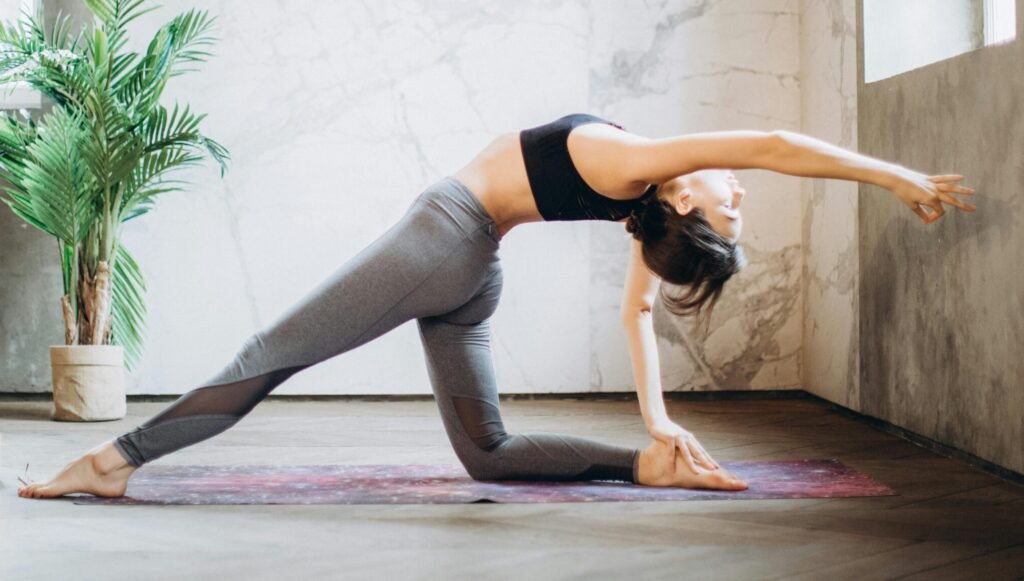
Intermediate Arm Balance Yoga Poses
Eight-Angle Pose (Astavakrasana):
Description: Eight-Angle Pose, also known as Astavakrasana, is an intermediate arm balance that requires strength, flexibility, and coordination. It strengthens the arms, wrists, and core muscles while stretching the hips and hamstrings.
How to Perform:
- Begin in a seated position with legs extended forward.
- Bend the right knee and place the right foot on the mat close to the right buttock.
- Thread the right arm under the right knee, placing the right shoulder behind the knee.
- Place hands shoulder-width apart on the mat, fingers spread wide.
- Shift weight onto hands, lifting hips off the ground.
- Extend the left leg forward and engage core for balance.
- Hold for several breaths, then switch sides.
Flying Pigeon Pose (Eka Pada Galavasana):
Description: Flying Pigeon Pose, or Eka Pada Galavasana, is an intermediate arm balance that strengthens the arms, shoulders, and core muscles while improving balance and concentration.
How to Perform:
- Begin in Downward-Facing Dog pose.
- Shift weight onto the right leg and bend the left knee, drawing it towards the chest.
- Place the left ankle on the right thigh, just above the knee.
- Bend the elbows and lower the torso towards the mat, keeping the chest lifted.
- Place hands shoulder-width apart on the mat, fingers spread wide.
- Engage core and lift the right foot off the ground, extending the leg back.
- Hold for several breaths, then switch sides.
Peacock Pose (Mayurasana):
Description: Peacock Pose, or Mayurasana, is an intermediate to advanced arm balance that strengthens the arms, wrists, and core muscles while improving digestion and detoxification.
How to Perform:
- Begin in a kneeling position, toes tucked under.
- Place hands shoulder-width apart on the mat, fingers facing towards the body.
- Lean forward, bending elbows and bringing them close to the body.
- Straighten the legs and lift the feet off the ground, balancing on the hands.
- Engage core and extend legs back, keeping the body parallel to the ground.
- Hold for several breaths, then gently release back to the mat.
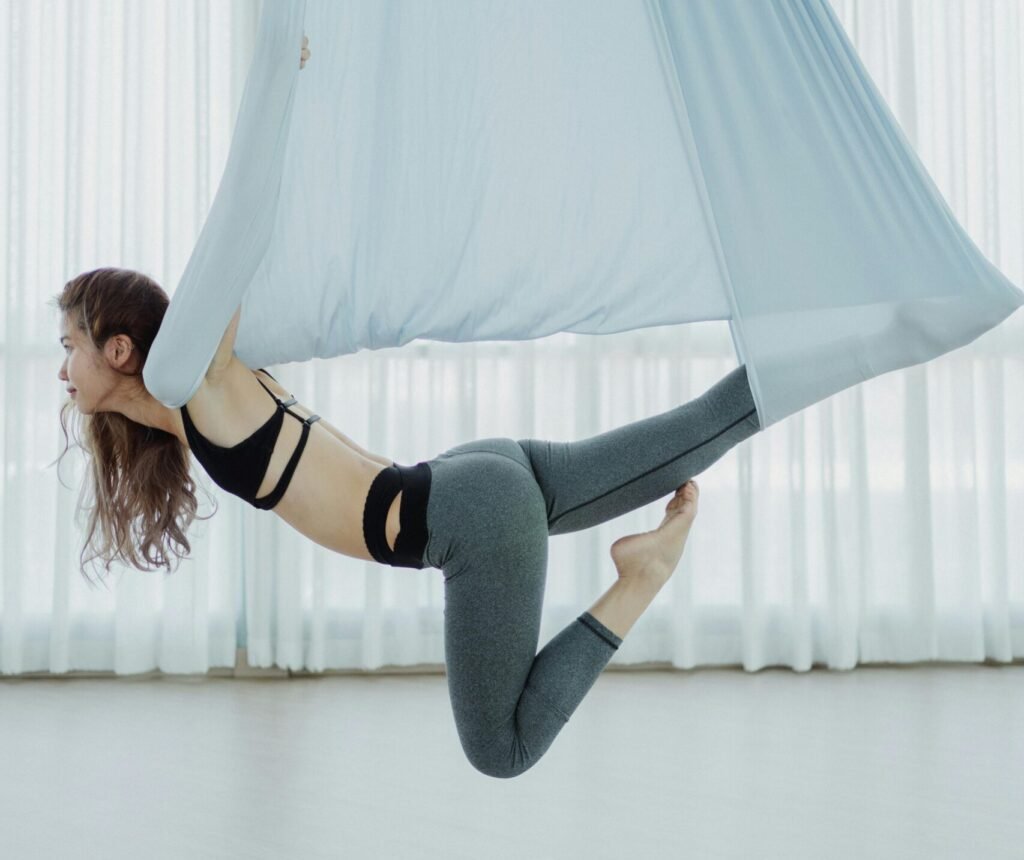
READ ABOUT “Aerial Yoga Poses: Elevate Your Practice” CLICK
Advanced Arm Balance Yoga Poses
Handstand (Adho Mukha Vrksasana):
Description: Handstand, or Adho Mukha Vrksasana, is an advanced arm balance that requires strength, balance, and focus. It strengthens the arms, shoulders, and core muscles while improving overall body awareness and coordination.
How to Perform:
- Start in Downward-Facing Dog pose with hands shoulder-width apart and feet hip-width apart.
- Shift weight onto the hands and kick one leg up towards the sky.
- Use the momentum to lift the other leg off the ground, coming into a full handstand.
- Engage core and press firmly through the palms, finding balance.
- Hold for several breaths, then gently lower back down to the mat.
Scorpion Pose (Vrschikasana):
Description: Scorpion Pose, or Vrschikasana, is an advanced arm balance that requires strength, flexibility, and balance. It strengthens the arms, shoulders, and core muscles while stretching the spine and opening the heart.
How to Perform:
- Start in Forearm Stand pose with elbows shoulder-width apart and forearms parallel to each other.
- Walk the feet in towards the head, lifting the hips high.
- Engage core and slowly bend the knees, bringing the feet towards the head.
- Press through the forearms and lift the chest, arching the back.
- Hold for several breaths, then gently lower back down to the mat.
One-Legged Crow Pose (Eka Pada Bakasana):
Description: One-Legged Crow Pose, or Eka Pada Bakasana, is an advanced arm balance that requires strength, balance, and concentration. It strengthens the arms, shoulders, and core muscles while improving coordination and focus.
How to Perform:
- Start in Crow Pose with knees resting on the backs of the upper arms.
- Shift weight onto the hands and engage core.
- Slowly extend one leg back, keeping it parallel to the ground.
- Keep the gaze forward and maintain balance.
- Hold for several breaths, then gently switch legs and repeat on the other side.
Tips for Practicing Arm Balance Yoga Poses
Consistency and patience are key when practicing arm balances. It’s essential to listen to your body, respecting its limits while gradually pushing past them. Using props like blocks or straps can provide support and stability, especially for beginners. Moreover, maintaining steady breath throughout the practice helps calm the mind and enhance focus.
Common Mistakes to Avoid
In the pursuit of mastering arm balances, practitioners may encounter common pitfalls that hinder progress and increase the risk of injury. Neglecting proper alignment, forcing into poses, and disregarding breath control are mistakes to avoid. Practicing mindfulness and staying present in each pose can help prevent these errors.
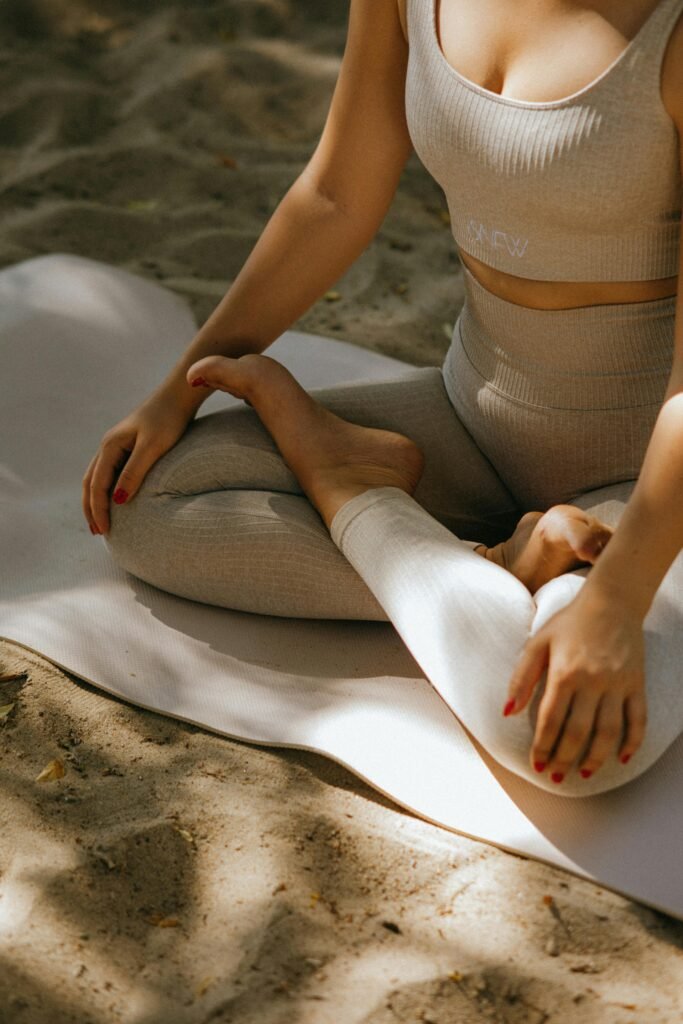
Incorporating Arm Balances Into Your Yoga Practice
Integrating arm balances into your regular yoga practice adds variety and depth to your routines. Whether you’re following a structured class or practicing at home, including arm balances challenges your body and mind in new ways. Modifications can be made to accommodate different skill levels and physical abilities, ensuring inclusivity and safety for all practitioners.
Safety Precautions
While arm balance yoga poses offer numerous benefits, safety should always be a top priority. Practitioners should listen to their bodies and avoid pushing beyond their limits. Seeking guidance from a certified yoga instructor can provide personalized feedback and adjustments tailored to individual needs. Additionally, individuals with existing injuries or health concerns should consult a healthcare professional before attempting arm balances.
Conclusion
Arm balance yoga poses offer a unique opportunity to challenge both body and mind, cultivating strength, balance, and focus. With patience, practice, and proper guidance, you can master these poses and experience their transformative benefits on and off the mat.
FAQ
Most frequent questions and answers
- Start with poses like Crow Pose, Side Crow Pose, and Firefly Pose, focusing on building strength and balance gradually.
- Mastery varies for each individual. Consistent practice and patience are key to progress.
- While arm balances strengthen muscles and increase metabolism, they are just one component of a balanced weight loss regimen.
- It depends on the severity of the injury. Consult with a healthcare professional or experienced yoga instructor for personalized guidance.
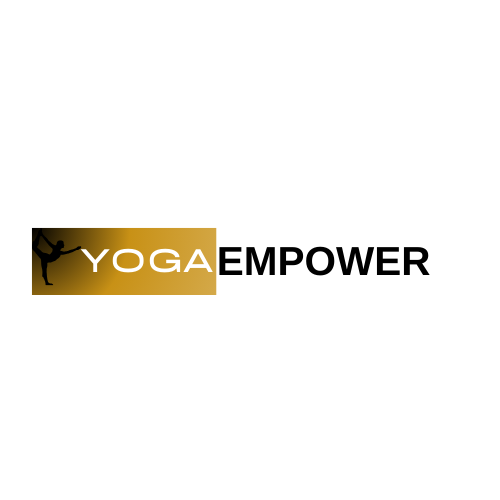
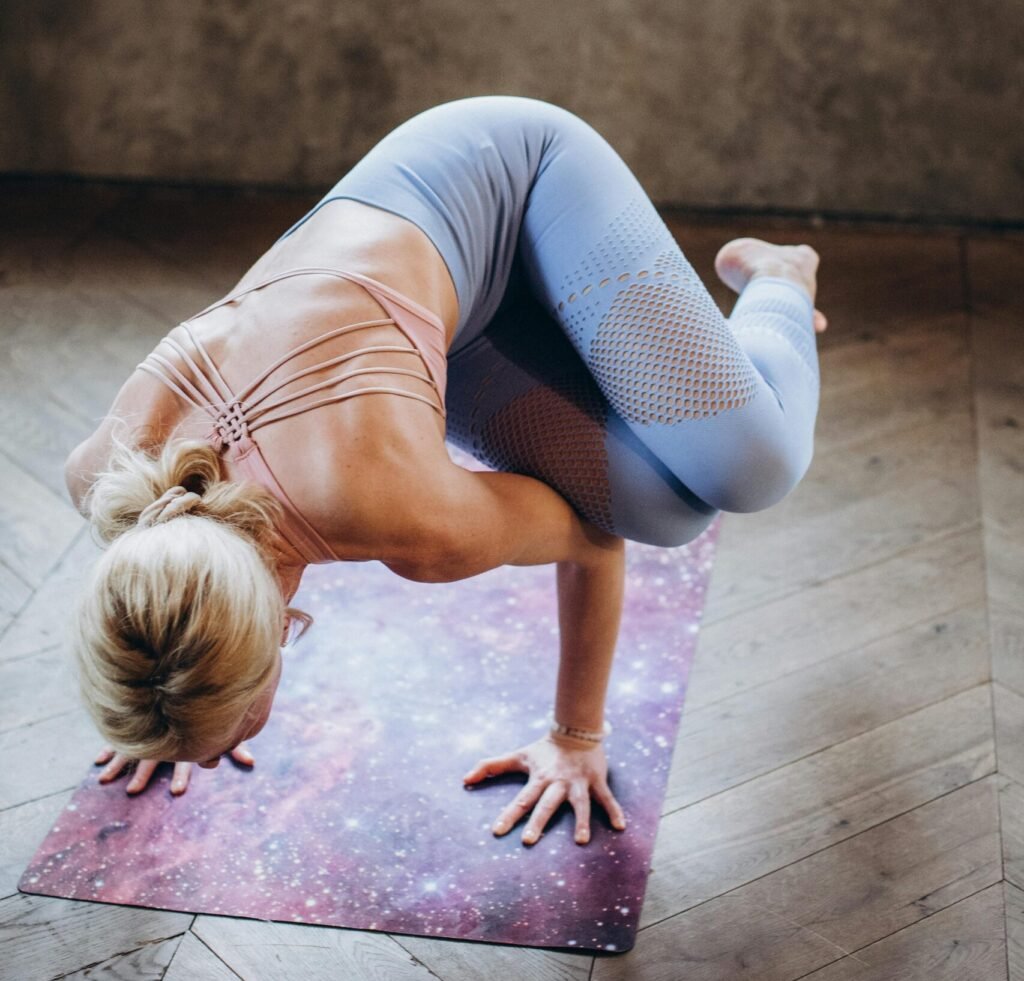
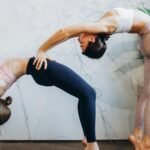

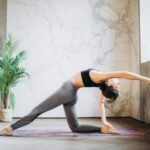



[…] READ ABOUT “Arm Balance Yoga Poses: Mastering Balance and Strength” CLICK […]